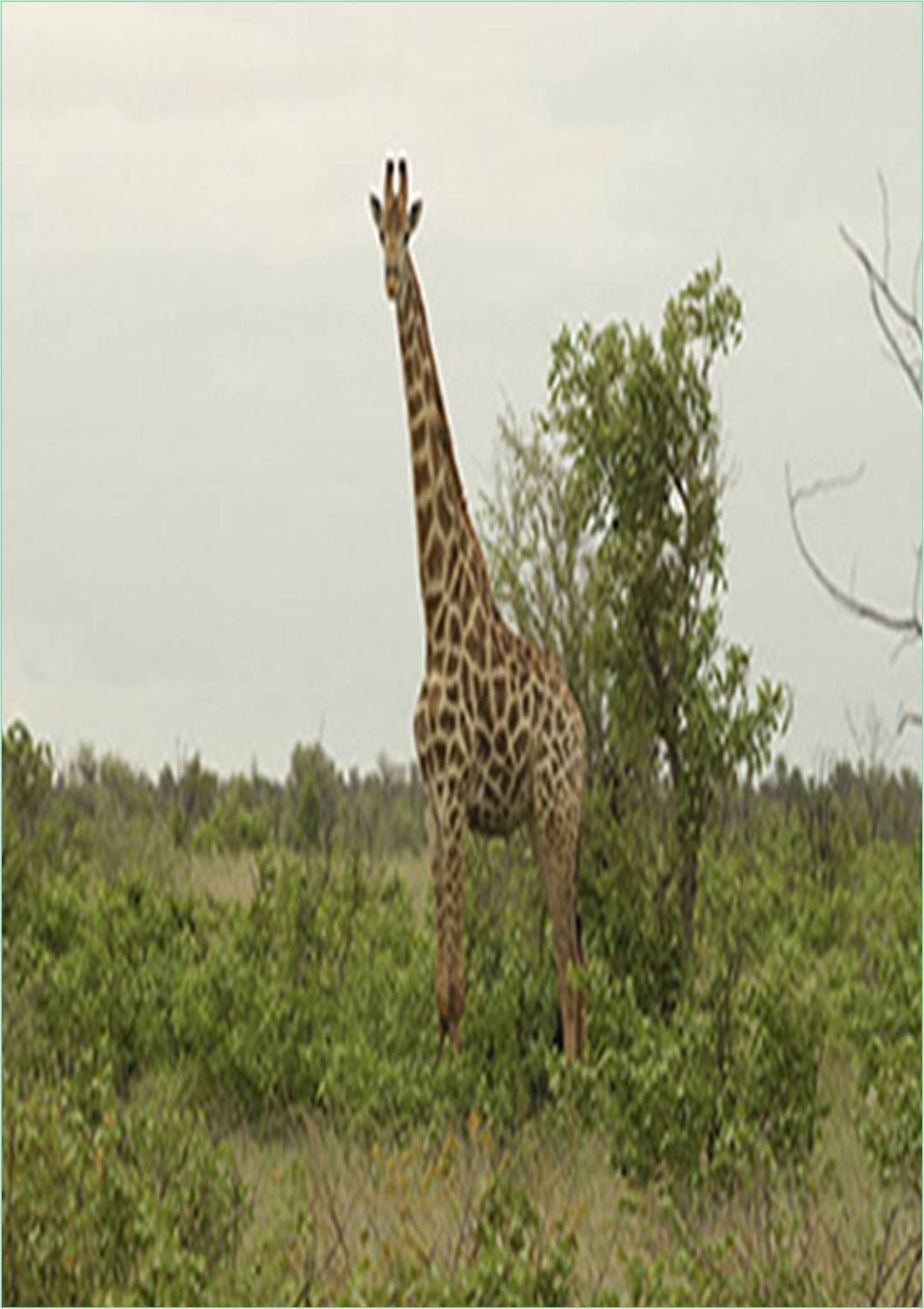



Received: 02-Aug-2022, Manuscript No. GJAEB-22-74088; Editor assigned: 04-Aug-2022, Pre QC No. GJAEB-22-74088 (PQ); Reviewed: 19-Aug-2022, QC No. GJAEB-22-74088; Revised: 26-Aug-2022, Manuscript No. GJAEB-22-74088 (R); Published: 05-Sep-2022, DOI: 10.15651/GJAEB.22.10.008
Mangroves form a plant community growing in saline habitats of tropical and subtropical regions. The term ‘mangrove’ describes both the ecosystem and the plants that have adapted to tolerate extreme tides, fluctuating salinity, high temperatures, and low oxygen. Mangrove plants are classified into two subgroups true mangrove and associate mangrove plants. True mangroves inhabit the intertidal zones, while associate mangroves occupy the landward fringes of mangrove habitats or terrestrial marginal zones. Based on salt tolerance, true mangroves are considered halophytes while their associates are glycophytes. These forests are most diverse and productive tropical ecosystems in the World. They serve as breeding and nurturing sites for not only marine organisms but also for terrestrial ones. These forests also provide economic benefits in the form of food sources, timber, fuel, and medicine. Besides all these ecological and economic services, they play a major role in offering protection against natural calamities such as tsunami, cyclones, and tidal bores. Anthropological pressure such as aquaculture, mining, and overexploitation of timber, fuelwood, fodder, and other Non-Wood Forest Products (NWFPs) and climate change constitute key threats for the degradation of mangrove habitats. The mangrove areas of India account for about 3% of the World’s total mangrove vegetation, comprising of three diverse zones, east coast, west coast and Island territories. Sundarbans, in the West Bengal is the world’s largest mangrove forest. Arbuscular mycorrhizal fungi colonize the host roots by undergoing series of complex morphogenetic changes such as spore germination, hyphal differentiation, appressorium formation, root penetration, intercellular growth, arbuscule formation, and nutrient transport.
The morphological stages of development vary, depending on plant species. For a successful interaction,the signaling is established before the physical contact between the symbionts. Plant root exudates contain the compounds ‘strigolactones’ which stimulate hyphal branching and facilitate contact with the host plant. Successful recognition is followed by the formation of appressorium (hyphopodium) on the root epidermal layer. The fungus produces hydrolytic enzymes which help in the degradation of the host cell wall. The action of hydrostatic pressure by the hyphal tip allows penetration. The plant nucleus travels towards the vicinity of the contact site. Subsequently, the reorganization of the endoplasmic reticulum, cytoskeleton, and polarization of microfilaments takes place. Next, the nucleus migrates towards the cortex forming a ‘transcellular tunnel’ which allows hyphal penetration. With the commencement of symbiosis, mycelia grow within and outside the roots in the soil, thus eventually causing the formation of multinucleate spores on the hyphal tips.
Spore dormancy assists the fungal species to thrive in adverse environmental conditions. A dormant spore is the one that is unable to germinate when exposed to physiochemical conditions supporting the germination of similar spores, called quiescent spores. The breaking of dormancy by storage is described by several authors. Demonstrated breaking of spore dormancy in Acaulospora laevis by germinating them after storage of six months. Whereas, some of the other species of Acaulospora could overcome dormancy after two months of storage at 23ºC in soil. Dormancy is sometimes considered to be a mechanism to synchronize spore germination with the root growth and suitable environments for colonization in temperate regions.